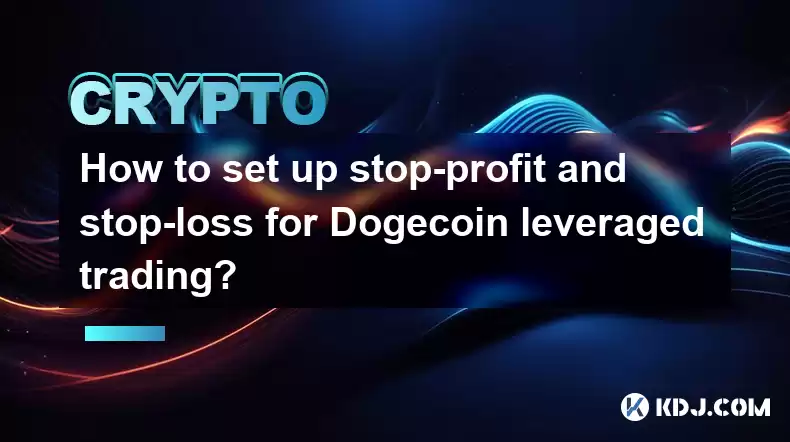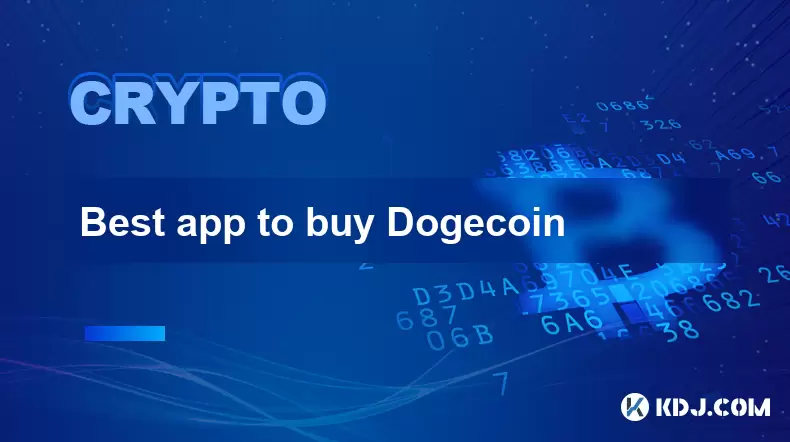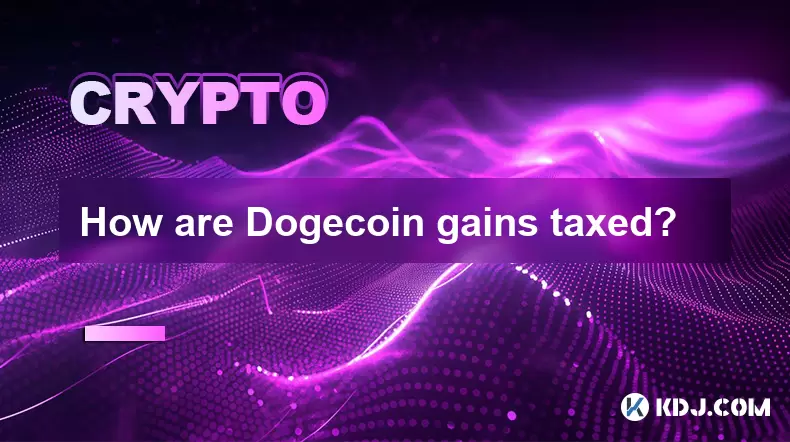-
 Bitcoin
Bitcoin $115100
1.27% -
 Ethereum
Ethereum $3675
2.71% -
 XRP
XRP $2.995
1.45% -
 Tether USDt
Tether USDt $1.000
0.02% -
 BNB
BNB $769.8
2.64% -
 Solana
Solana $168.0
3.25% -
 USDC
USDC $0.9999
-0.01% -
 TRON
TRON $0.3371
1.48% -
 Dogecoin
Dogecoin $0.2051
3.36% -
 Cardano
Cardano $0.7394
2.30% -
 Hyperliquid
Hyperliquid $38.15
0.42% -
 Stellar
Stellar $0.3966
-0.36% -
 Sui
Sui $3.486
2.93% -
 Chainlink
Chainlink $16.72
2.52% -
 Bitcoin Cash
Bitcoin Cash $568.0
4.36% -
 Hedera
Hedera $0.2440
2.59% -
 Ethena USDe
Ethena USDe $1.001
0.04% -
 Avalanche
Avalanche $22.16
2.06% -
 Litecoin
Litecoin $119.1
-0.73% -
 UNUS SED LEO
UNUS SED LEO $8.991
0.04% -
 Toncoin
Toncoin $3.232
-0.39% -
 Shiba Inu
Shiba Inu $0.00001233
2.82% -
 Uniswap
Uniswap $9.717
2.53% -
 Polkadot
Polkadot $3.664
1.85% -
 Dai
Dai $1.000
0.01% -
 Monero
Monero $281.2
-3.89% -
 Bitget Token
Bitget Token $4.350
1.55% -
 Cronos
Cronos $0.1428
5.07% -
 Pepe
Pepe $0.00001050
3.68% -
 Aave
Aave $262.3
3.54%
How to set up stop-profit and stop-loss for Dogecoin leveraged trading?
Dogecoin's volatility necessitates using stop-loss and stop-profit orders in leveraged trading to manage risk. These orders automatically sell your Dogecoin at predetermined prices, limiting losses and securing profits, respectively, though slippage is possible.
Mar 18, 2025 at 09:42 am

Key Points:
- Understanding Leverage and its Risks in Dogecoin Trading
- Defining Stop-Profit and Stop-Loss Orders
- Setting Stop-Profit and Stop-Loss Orders on Different Exchanges
- Advanced Strategies and Considerations for Dogecoin Leveraged Trading
- Managing Risk Effectively with Stop Orders
How to Set Up Stop-Profit and Stop-Loss for Dogecoin Leveraged Trading?
Leveraged trading amplifies both profits and losses. Understanding how to manage risk is crucial, especially with a volatile cryptocurrency like Dogecoin. Stop-profit and stop-loss orders are essential tools for this. A stop-profit order automatically sells your Dogecoin when it reaches a predetermined price, securing your profits. A stop-loss order automatically sells when the price drops to a specified level, limiting potential losses. Properly setting these orders is vital for successful leveraged Dogecoin trading.
Before you even think about leverage, understand Dogecoin's price volatility. Its price can fluctuate wildly in short periods, making leveraged trading inherently risky. A small price movement against your position can lead to significant losses, potentially exceeding your initial investment. Therefore, thorough research and risk assessment are paramount.
Defining Stop-Profit and Stop-Loss Orders
A stop-profit order is designed to lock in profits. You set a target price above your entry price. Once Dogecoin reaches that price, your order automatically executes, selling your position and securing your gains. This prevents you from losing potential profits due to price corrections.
A stop-loss order is your safety net. It's set below your entry price. If Dogecoin's price falls to this level, the order automatically sells your position, limiting your potential losses. This helps to prevent significant losses in case of a sudden market downturn.
Setting Stop-Profit and Stop-Loss Orders on Different Exchanges
The exact process varies across cryptocurrency exchanges. However, the general steps are similar:
- Choose your exchange: Select a reputable exchange that offers leveraged Dogecoin trading.
- Open a leveraged position: Specify the amount of leverage you want to use. Remember, higher leverage magnifies both gains and losses.
- Place your stop-loss order: Enter the price at which you want to automatically sell your position to limit potential losses.
- Place your stop-profit order: Enter the price at which you want to automatically sell your position to secure your profits.
- Monitor your positions: Keep an eye on the market and your positions, especially during periods of high volatility.
Binance Example (Illustrative):
- Navigate to your trading interface.
- Select Dogecoin trading pair (e.g., DOGE/USDT).
- Choose "Limit" order type.
- Enter the desired stop-loss price and quantity.
- Enter the desired stop-profit price and quantity.
- Review and confirm your orders. Remember, these steps may vary slightly depending on the exchange's interface.
Kraken Example (Illustrative):
- Access your trading panel for Dogecoin.
- Select "Advanced Order" or similar option.
- Specify "Stop-Loss" and "Take-Profit" parameters.
- Input the trigger prices and quantity.
- Double-check before submitting. Different interfaces will have variations in terminology and layout.
KuCoin Example (Illustrative):
- Locate your Dogecoin trading pair.
- Use the advanced order options.
- Set the stop-loss and stop-profit prices.
- Input your desired order size.
- Confirm the order. Note that the exact location of these settings might differ on your exchange.
Advanced Strategies and Considerations for Dogecoin Leveraged Trading
Trailing stop-loss orders adjust automatically as the price moves in your favor. This allows you to lock in profits while minimizing potential losses. However, they are more complex and require a deeper understanding of market dynamics.
Consider using a combination of stop-loss and take-profit orders. This strategy allows for both profit protection and loss limitation. You can also adjust your stop-loss and stop-profit levels as the market conditions change.
Managing Risk Effectively with Stop Orders
Never use more leverage than you can comfortably afford to lose. Start with smaller positions and gradually increase your leverage as you gain experience and confidence. Diversify your portfolio across different assets to reduce overall risk.
Always have a clear trading plan before entering any leveraged position. This plan should include your entry and exit strategies, as well as your risk tolerance. Regularly review and adjust your trading plan as needed.
Common Questions:
Q: What happens if my stop-loss order doesn't execute? A: Slippage can occur, especially during periods of high volatility. This means your order might execute at a price slightly worse than your specified stop-loss price. Choose reputable exchanges with robust order execution systems to minimize slippage.
Q: Can I modify my stop-loss and stop-profit orders after placing them? A: Most exchanges allow you to modify or cancel pending orders. However, you should be mindful of market conditions before making adjustments.
Q: Are stop-loss orders guaranteed to prevent losses? A: No, stop-loss orders do not guarantee that you will avoid all losses. Extreme market volatility or system errors can still lead to losses, even with stop-loss orders in place.
Q: How do I choose the right leverage for Dogecoin leveraged trading? A: The appropriate leverage level depends on your risk tolerance and trading experience. Start with low leverage and gradually increase it as you gain confidence and understanding. Remember that higher leverage increases both potential profits and losses.
Q: What are the fees associated with leveraged trading? A: Leveraged trading often incurs funding fees (for borrowing funds) and trading fees. These fees can impact your overall profitability, so factor them into your trading strategy.
Disclaimer:info@kdj.com
The information provided is not trading advice. kdj.com does not assume any responsibility for any investments made based on the information provided in this article. Cryptocurrencies are highly volatile and it is highly recommended that you invest with caution after thorough research!
If you believe that the content used on this website infringes your copyright, please contact us immediately (info@kdj.com) and we will delete it promptly.
- BlockDAG, Litecoin, and Cardano: Charting the Course in Crypto's Dynamic Waters
- 2025-08-07 09:09:06
- Fireverse Token: Igniting a Musical Revolution in Web3
- 2025-08-07 08:27:45
- Ethereum, L2 Withdrawals, and Decentralization: A New Yorker's Take
- 2025-08-07 08:32:33
- Avalanche vs. Ruvi AI: Daily Sales Tell a Story of Crypto Disruption
- 2025-08-07 06:29:35
- DeSoc: The Crypto to Buy Now for a Decentralized Future (and Maybe 43x Gains!)
- 2025-08-07 06:50:16
- Arctic Pablo Coin: Riding the Meme Coin Wave with a Deflationary Twist
- 2025-08-07 07:18:13
Related knowledge

Bitcoincoin burning mechanism
Jul 20,2025 at 09:21pm
What is the Dogecoin burning mechanism?The Dogecoin burning mechanism refers to the process of permanently removing DOGE tokens from circulation by se...

How to earn free Bitcoincoin?
Jul 19,2025 at 10:08pm
What is Dogecoin and Why Earn It?Dogecoin (DOGE) started as a meme-based cryptocurrency in 2013 but has grown into a widely recognized digital asset. ...

Is Coinbase a good wallet for Bitcoincoin?
Jul 19,2025 at 04:42pm
Understanding Coinbase as a Wallet Option for DogecoinWhen considering where to store Dogecoin, Coinbase is often mentioned as a potential option due ...

How to buy Bitcoincoin with PayPal?
Jul 23,2025 at 06:57am
Understanding the Basics of Buying DogecoinBefore diving into the process of buying Dogecoin with PayPal, it’s essential to understand what Dogecoin i...

Best app to buy Dogecoin
Jul 23,2025 at 03:08pm
What Is a Cryptocurrency Exchange and How Does It Work?A cryptocurrency exchange is a digital marketplace where users can buy, sell, or trade cryptocu...

How are Dogecoin gains taxed?
Jul 25,2025 at 07:01am
Understanding the Taxation of Dogecoin GainsWhen it comes to Dogecoin (DOGE), many investors are drawn to its meme-inspired branding and volatile pric...

Bitcoincoin burning mechanism
Jul 20,2025 at 09:21pm
What is the Dogecoin burning mechanism?The Dogecoin burning mechanism refers to the process of permanently removing DOGE tokens from circulation by se...

How to earn free Bitcoincoin?
Jul 19,2025 at 10:08pm
What is Dogecoin and Why Earn It?Dogecoin (DOGE) started as a meme-based cryptocurrency in 2013 but has grown into a widely recognized digital asset. ...

Is Coinbase a good wallet for Bitcoincoin?
Jul 19,2025 at 04:42pm
Understanding Coinbase as a Wallet Option for DogecoinWhen considering where to store Dogecoin, Coinbase is often mentioned as a potential option due ...

How to buy Bitcoincoin with PayPal?
Jul 23,2025 at 06:57am
Understanding the Basics of Buying DogecoinBefore diving into the process of buying Dogecoin with PayPal, it’s essential to understand what Dogecoin i...

Best app to buy Dogecoin
Jul 23,2025 at 03:08pm
What Is a Cryptocurrency Exchange and How Does It Work?A cryptocurrency exchange is a digital marketplace where users can buy, sell, or trade cryptocu...

How are Dogecoin gains taxed?
Jul 25,2025 at 07:01am
Understanding the Taxation of Dogecoin GainsWhen it comes to Dogecoin (DOGE), many investors are drawn to its meme-inspired branding and volatile pric...
See all articles

























































































